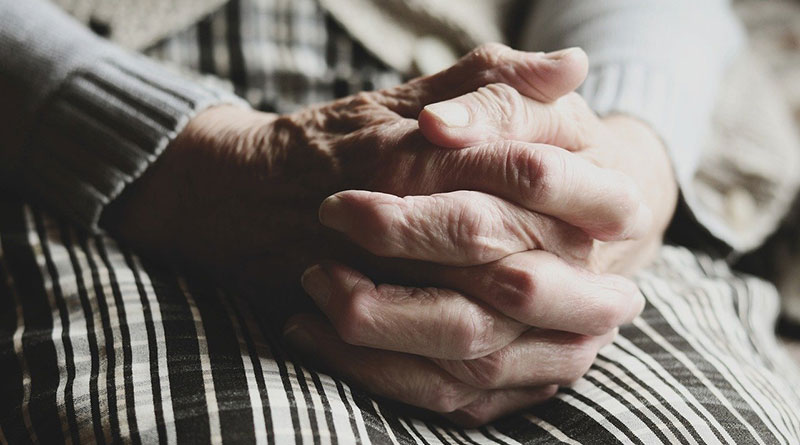Care Home Sector Shows Signs Of Slow And Steady Recovery From The Pandemic
UK care home operators are set to see occupancy rates slowly rise and profits steady as the impacts of the pandemic show promising signs of receding and demand for beds remains strong, according to leading global property adviser Knight Frank’s 2021 UK Care Homes Trading Performance Review.
The report, which collates data from across the UK care home sector and surveys operators on their individual performance, including 98,000 beds across 781 towns and cities, points to signs of stabilising occupancy rates across the UK in the latter half of FY2020/21. This follows a predictable fall in occupancy during the first few months of the Covid-19 pandemic, which saw rates drop to 79.4% from 87.9% the previous year.
Given the resilience of the sector despite unprecedented circumstances, Knight Frank is confident this steady recovery will continue, with its research indicating operators are experiencing increased demand for beds and a corresponding backlog of potential residents, in addition to average weekly fees increasing by 6.7% year-on-year.
As the impacts of Covid-19 filtered through operators’ accounts and occupancy fell during the pandemic, sector-wide EBITDARM as a percentage of income fell from last year’s level of 26.8% to 26.2% in FY2020/21. However, Knight Frank expects profitability will likely to be sustained amid the easing of nationwide lockdown restrictions and the resurgence in occupancy rates. Furthermore, 11% of operators surveyed reported an EBITDARM margin of over 40% of income this financial year, signalling many operators’ capacity to adapt and withstand the challenges of the pandemic to deliver strong financial results and a continually high standard of care for residents.
Nevertheless, the 2021 Care Homes Trading Performance Review also points to numerous unresolved challenges including the extent of how future government support, such as the adult social care infection control fund, will aid the sector and affect long-term profitability trends in addition to concerns around rising staff and property costs.
Knight Frank’s research also highlights vast disparities between the profitability of newer and older stock with margins falling from an average of 31.4% for newer homes to 25.2% for older stock. This demonstrates how the profitability of the sector, and the wellbeing of residents, hinges on the refurbishment of older stock and the development of new and high-quality care assets.
Julian Evans, Head of Healthcare at Knight Frank, commented: “Against the backdrop of the pandemic it’s encouraging to see the start of a rebound in the care home market. Rising occupancy rates and stabilising profit margins across the sector are an indicator of sustained demand for high-quality beds, and this year’s UK Care Homes Trading Performance Review points to its resilience.
“But there is no doubt that significant challenges remain. The impact of government support on profit margins is still an open question and the disparity in margins between new and old units is a cause for concern given the proportion of care homes which are more than 20 years old. However, if developers and operators focus on building new, high-quality homes and retrofitting older units, we remain confident in the future prospects of the sector.”






